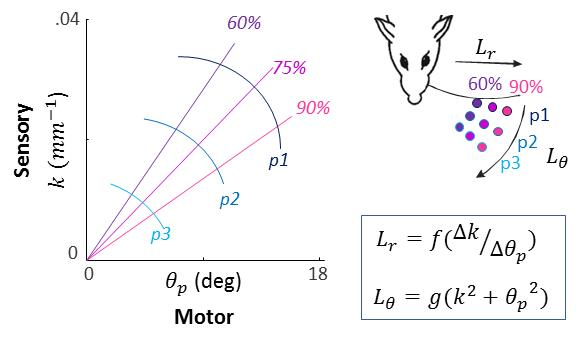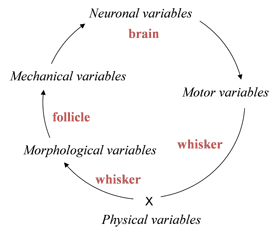

By tracking exposed follicles we show that the follicle-whisker junction is rigid, which enables direct readout of whisker morphological coding by mechanoreceptors. Finally, we found that our behaving rats pushed against objects during localization in a way that induced meaningful morphological coding and in parallel improved their localization performance, which suggests a role for pre-neuronal morphological computation in active vibrissal touch.
Relevant papers
-
(2013). Pre-neuronal morphological processing of object location by individual whiskers. Nature Neuroscience. 16:622-+.


